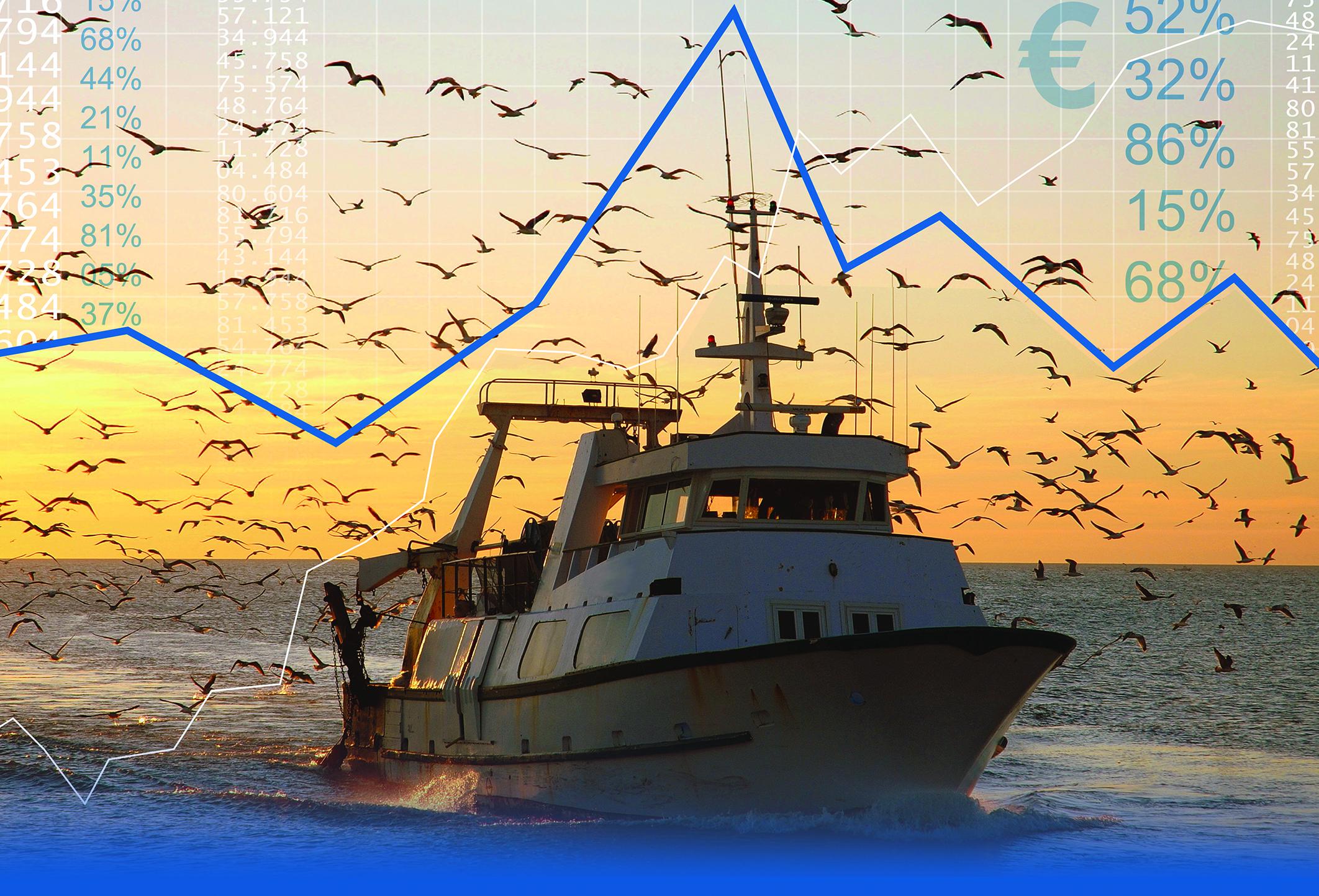News
“The EU Fish Market” 2024 edition is now online
“The EU fish market” is a comprehensive analysis of the EU fisheries and aquaculture industry made by the European Market Observatory for fisheries and aquaculture (EUMOFA). The report focuses on the fishery and aquaculture market’s performance in 2022-2023 and answers critical questions about the EU's fish market, including what fish and aquaculture products are produced, exported, and imported, when and where these transactions occur, and the consumption patterns across different EU member states.
EUROPEANS EAT LESS FRESH SEAFOOD AT HOME BECAUSE OF RISING PRICES
According to the report, 2023 saw a decrease in at-home fresh seafood consumption due to rising prices. From 2019 to 2022, EU consumers have eaten more fresh seafood products at home, mostly due to the impact of COVID19 on the restaurant and hotel sector. That positive trend is now over, and by 2023 household consumption of fresh fish had plummeted to its lowest level. This downward trend in household consumption can largely be attributed to the current economic and geopolitical climate, which has led to an increase in inflation, weighing heavily on consumers' purchasing power at the retail level. Because of rising prices, the household spending on fresh fishery and aquaculture products rose by 6% over 2022, continuing the upward trend that began in 2018.
DETERIORATION OF THE EU TRADE BALANCE
The European Union saw a decrease in the total value and volume of seafood trade in 2023 compared to 2022.
- The total value of EU seafood trade decreased by 2% and the volume decreased by 4%.
- The EU imported more seafood from other countries than it exported. In 2023, the EU imported seafood worth around 30 billion euros, which is 6% less than in 2022.
- The EU also imported less seafood in terms of volume, dropping to 5.9 million tonnes, which is below the pre-pandemic levels.
- EU seafood exports, which are sales of seafood to countries outside the EU, decreased in both value and volume.
These figures reflect the wider context of the economic and geopolitical climate of recent years, including the EU's inflation rate.
APPARENT CONSUMPTION: AQUACULTURE PRODUCTS GAIN GROUND
The apparent consumption (the sum of catches, aquaculture production and imports minus exports) in 2022 saw an increase in aquaculture products. 2022 registered a consumption of about 6.82 kilograms of farmed seafood per person, which is the highest in the past decade. For the same period, consumption of wild products was 16.70 kilograms per person, which is the least in the past decade. Furthermore, the apparent consumption of fishery and aquaculture products was 1% lower than in 2021.
KEY DYNAMICS OF MAJOR SPECIES
Salmon: In 2023, imports of salmon in the EU decreased by 4% from 2022, reaching their lowest level since 2019. Despite the decline in import volume, the overall value of salmon imports remained stable at EUR 8,4 billion, matching 2022 levels. Of note, import values in 2022 and 2023 were the highest ever recorded and represented a doubling over the last decade.
Shrimps: In 2023, shrimps saw a 5% drop in import volume and 18% drop in import value compared with 2022. The same year, Ecuador and Argentina increased their market shares by 3% and 1% in volume, respectively, while India’s share declined by 1%. Together, these three trade partners accounted for more than half of the shrimps’ import volume to the EU in 2023, namely 52% of the total.
Cod: The average product price for cod increased by 3%, going from 6,48 EUR/kg to 6,71 EUR/kg, while cod import value fell by close to 4% from 2022. In 2024, market prices for cod have remained high, averaging 6,82 EUR/kg in the first three quarters. The prices are expected to remain high for a while – as Northeast Arctic cod quotas were reduced by an additional 25% for 2025.
Tuna: In 2023, tuna accounted for 9% of the total volume and value of fish imports into the EU, though import volumes dropped by 12% and values by 8% compared to 2022.
Skipjack tuna accounted for 56% of the imported tuna volume and 52% of the value, followed by yellowfin tuna with 29% for both.
Alaska pollock: In 2023, its import volume rose by 6% to 287.000 tonnes, while its value fell by 5%. The average import price in 2023 was 3,15 EUR/kg for Russian products and 4,02 EUR/kg for US products.
Download The EU fish market - 2024 (also available in Spanish, German, French and Italian).
 .
.
